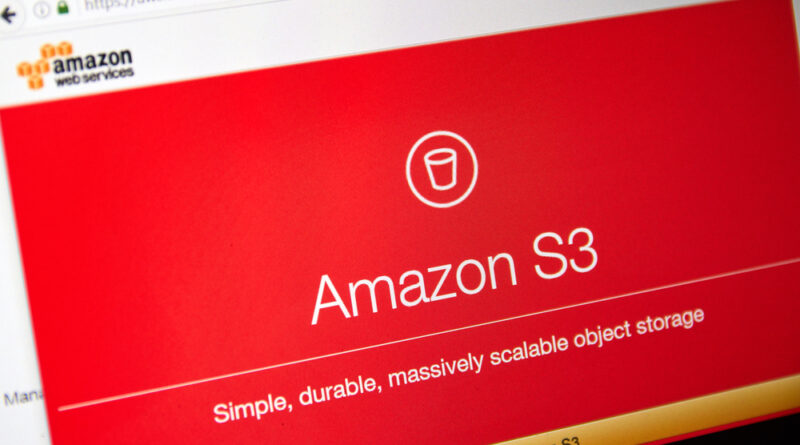AWS Achieves 100 Percent MFA for Root Users, Unveils New Cloud-Security Tools at re:Inforce
Amazon Web Services announced that every root account on its platform is now protected by multi-factor authentication, the first time a hyperscale cloud provider has achieved universal MFA coverage for its highest-privilege users. Chief Information Security Officer Amy Herzog revealed the milestone during the AWS re:Inforce 2025 keynote, calling it “a foundational step toward eliminating password-only access in the cloud.”
Why the Milestone Matters
Root credentials represent a single point of failure; if compromised, attackers gain full control over an AWS environment. AWS says mandatory MFA blocks the vast majority of password-based attacks and fulfills its voluntary pledge under the U.S. Cybersecurity and Infrastructure Security Agency’s Secure By Design program.
-
Scope: All standalone accounts and AWS Organizations management accounts, including education and nonprofit tiers
-
Supported factors: FIDO2 passkeys, hardware security keys, and virtual authenticator apps
-
Next phase: AWS plans to extend mandatory MFA to selected IAM users in member accounts by early 2026
New Security Features Rolled Out
AWS paired the MFA news with several product upgrades designed to streamline threat detection and incident response.
| Service | New Capability | Primary Benefit |
|---|---|---|
| IAM Access Analyzer | Central dashboard showing who can access critical resources and why | Faster remediation of over-permissive roles |
| Security Hub | Automated risk signals ranked by business impact | Lean security teams can triage the most urgent issues first |
| GuardDuty Extended Threat Detection | Coverage for containerized workloads on Amazon EKS | Detects lateral movement and runtime anomalies inside Kubernetes clusters |
| AWS Shield | Network Security Director scans for misconfigurations exploitable in DDoS or SQL-injection attacks | Proactive hardening of edge defenses |
Herzog said the goal is to “surface fewer, richer findings,” allowing analysts to focus on exploitable weaknesses instead of drowning in low-priority alerts.
A Template for the Industry
Security analysts see AWS’s 100 percent MFA coverage as a new benchmark. If a platform hosting millions of accounts can enforce stronger authentication, smaller vendors and SaaS providers will face mounting pressure—from customers and regulators alike—to match the standard.
For businesses, the upside is twofold: tighter control over privileged access and a security stack that highlights truly critical issues. As threat actors pivot toward supply-chain intrusions and container attacks, the new GuardDuty module should help DevOps teams spot suspicious behavior before data is exfiltrated.
Recommended Next Steps for Customers
-
Verify root MFA: Confirm that new accounts require MFA at first login.
-
Audit permissions: Use the updated Access Analyzer dashboard to prune stale roles and publicly exposed resources.
-
Adopt passkeys: Migrate from time-based one-time passwords to hardware-backed FIDO2 credentials for phishing-resistant logins.
-
Pilot GuardDuty for EKS: Enable the new detection layer on container clusters to reduce dwell time for would-be intruders.
With universal MFA now table-stakes for root users, AWS signals that password-only logins in the cloud are rapidly becoming a relic of the past. Competitors—and regulators—are likely to follow suit.
Photo Credit: DepositPhotos.com

